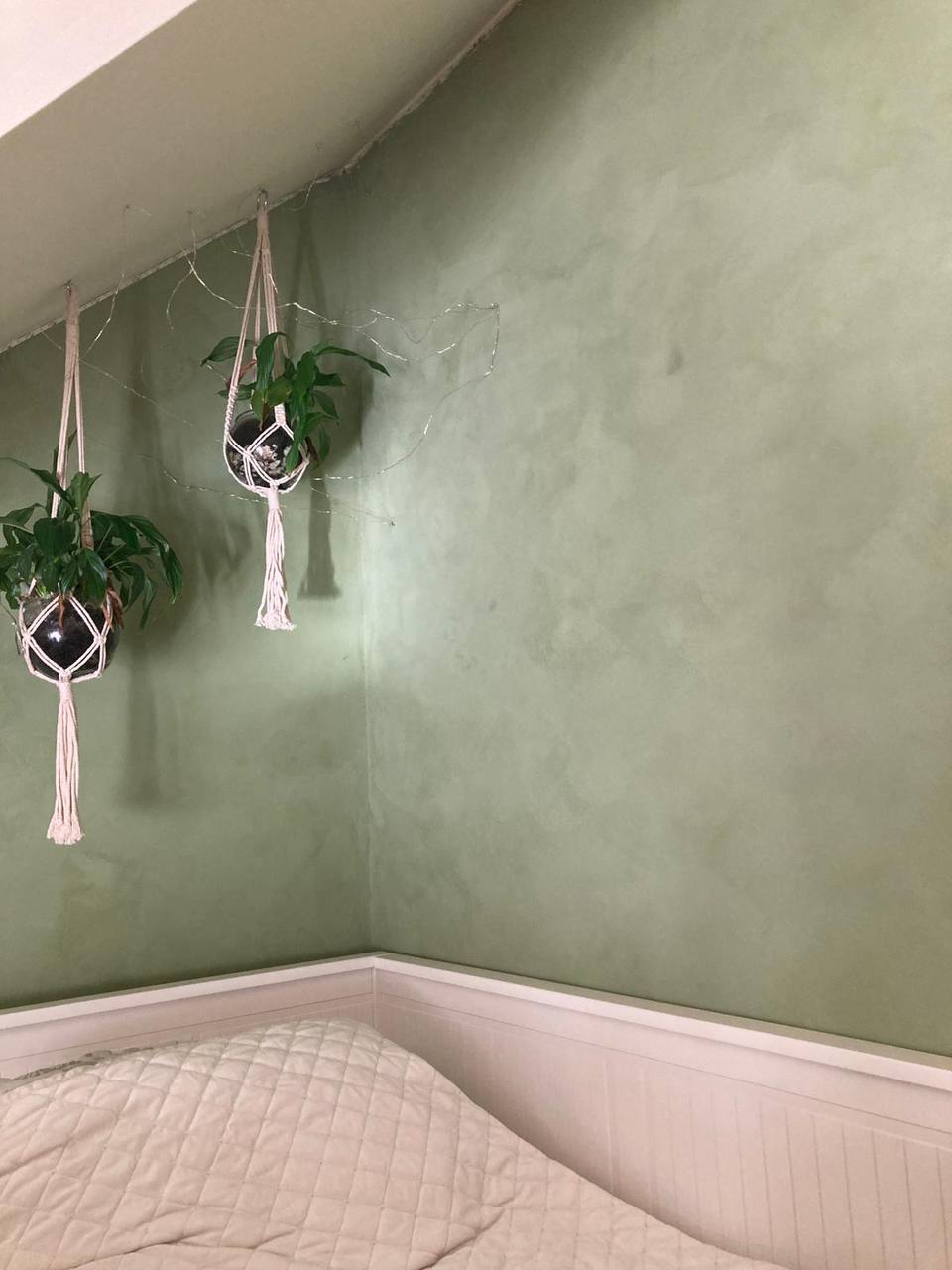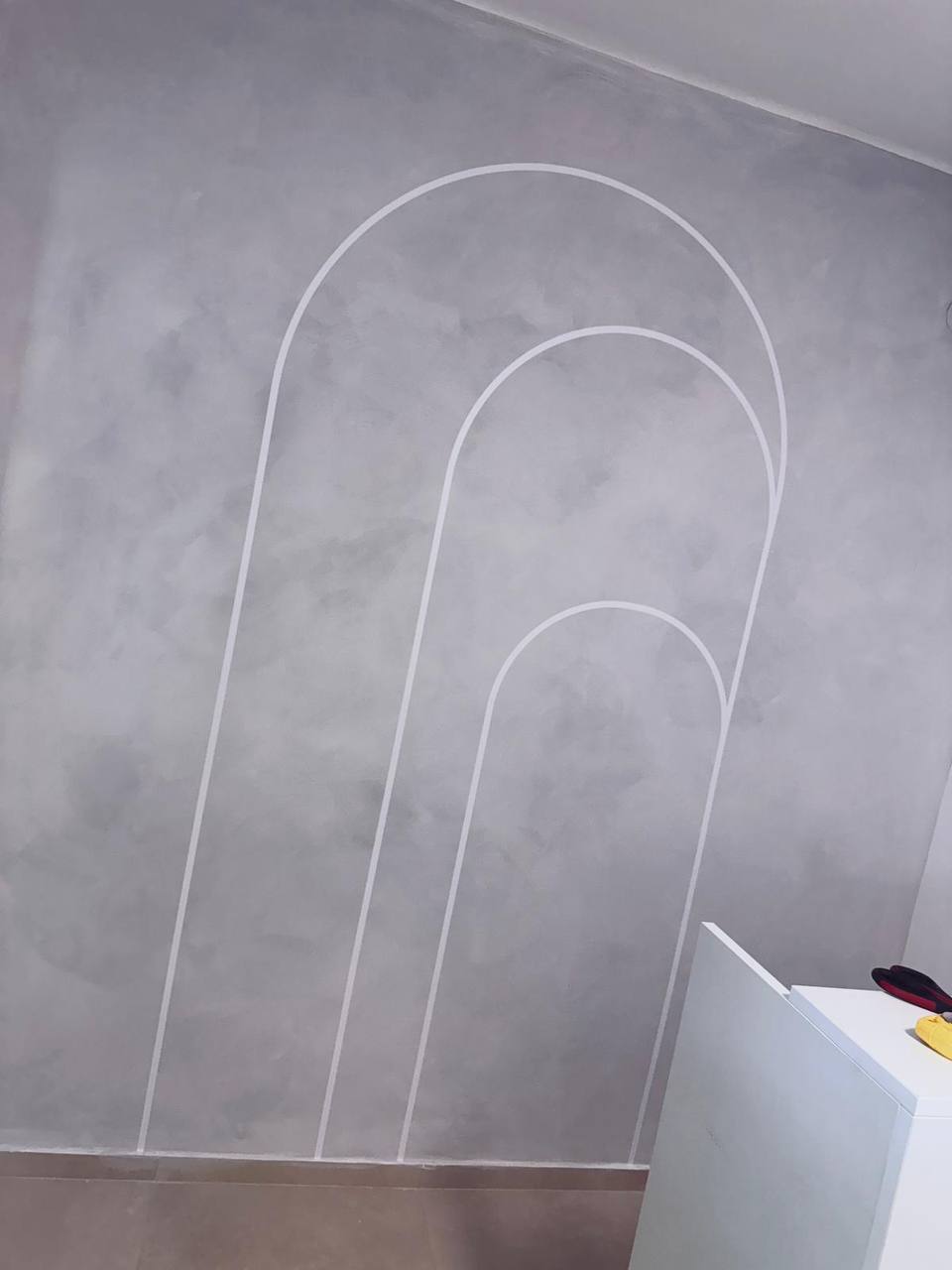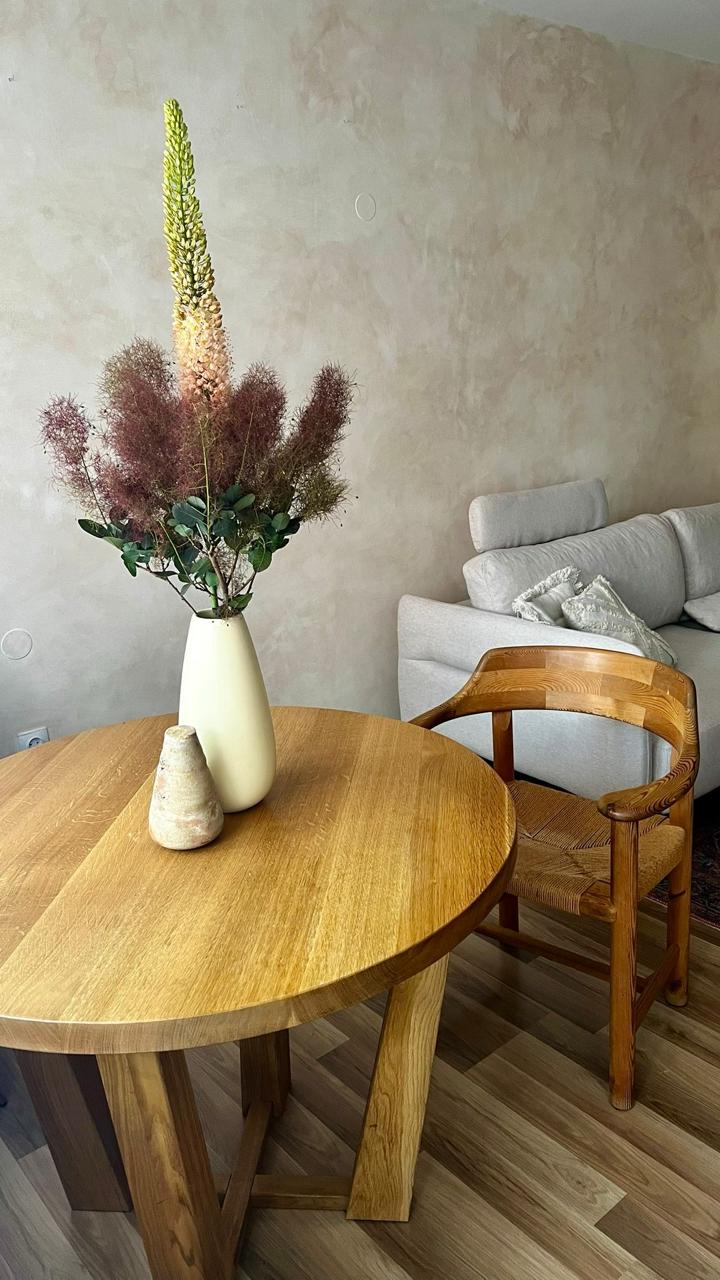Limewash Paint vs. Venetian Plaster: Which Finish Should You Choose?

Understanding the differences between Limewash paint and Venetian plaster can help homeowners make informed decisions about interior design. Both finishes have unique qualities offering aesthetic value, but they also have significant differences that may make one more suitable depending on the specific project requirements.
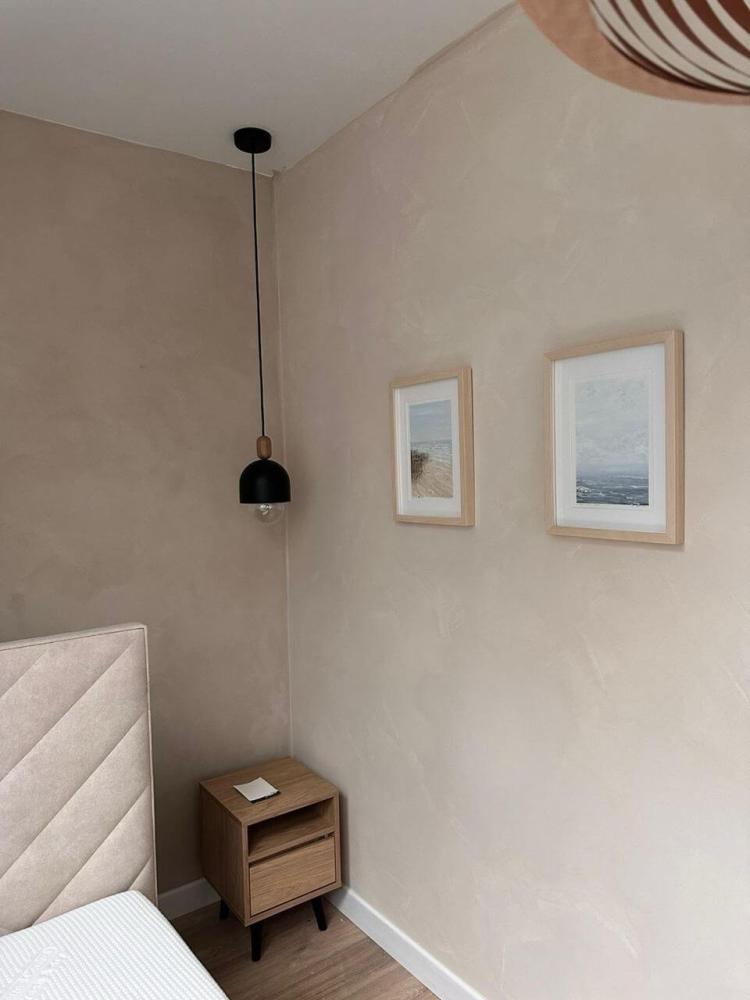
What is Limewash Paint?
Limewash paint is an ancient wall decoration technique with a rich history dating back to Roman times. It is a water-based paint made from limestone that is crushed, burnt, and mixed with water to create lime paste. This paste is matured and then diluted with water to form the paint.
Limewash provides a rich, mineral-textured coating that gives walls an antique look. Its porous structure allows the wall to “breathe” and prevents moisture damage. One unique property is its reversibility – since it does not form a hard surface layer, it can be repainted without visible buildup of coating layers.
What is Venetian Plaster?
Venetian plaster is a finishing technique originating from Venice, Italy. It is a mixture of plaster and marble dust applied in thin, multiple layers with a spatula, then polished to create a smooth surface with depth and texture effects.
Venetian plaster provides a rich, luxurious surface with pronounced depth and elegance. It can resemble marble or stone, and its multi-layer tinting creates a stunning effect. Unlike Limewash, this finish is not reversible – once applied, it cannot simply be repainted but must be sanded or covered with a new finish.

Limewash Paint vs. Venetian Plaster: Comparison
| Feature | Limewash Paint | Venetian Plaster |
|---|---|---|
| Appearance | Soft, mineral texture, rustic charm | Smooth, marble-like, luxurious |
| Application | Easy, suitable for DIY | Requires skill, time-consuming |
| Durability | Durable, breathable | Highly durable, long-lasting |
| Maintenance | Reversible, easy to repaint | Permanent, difficult to change |
Advantages of Limewash Paint
- Breathable surface: Limewash allows walls to release moisture, preventing mold and moisture buildup. This makes it suitable for old buildings and damp rooms like bathrooms and kitchens.
- Environmentally friendly: Limewash is made from natural raw materials without harmful chemicals. It is safe for people and the environment – a great choice for those who care about sustainability.
- Unique aesthetics: Natural pigments and Limewash’s ability to change in light give an incomparable look. The coating is soft, with nuances of tone and texture adding character to the space.
- Easy maintenance: Limewash is durable and easily renewable – a simple reapplication is sufficient. It naturally resists mold and bacteria, reducing cleaning needs.
Advantages of Venetian Plaster
- Luxurious finish: Venetian plaster gives a high-end, elegant appearance. Its glossy coating and color depth add luxury to a room.
- Durability: The plaster is very durable and can last many years without signs of wear. Its hard surface resists scratches and impacts.
- Customizability: Various application techniques and color variations allow creating unique finishes tailored to individual preferences.
- Moisture resistance: Properly sealed, Venetian plaster is very resistant to moisture, making it suitable for kitchens and bathrooms.
Ecology and Health
Limewash paint is often considered a more environmentally and health-friendly choice compared to traditional paints and some plaster types. Its natural composition means low volatile organic compound (VOC) emissions, which is important for indoor air quality – especially for people with allergies or young children.
Historical and Character Considerations
When choosing between Limewash paint and Venetian plaster, it’s worth considering the building’s history and character. Limewash, thanks to its ancient roots, is an excellent choice for restoring old buildings while preserving authenticity. Venetian plaster adds luxury and depth to modern interiors.
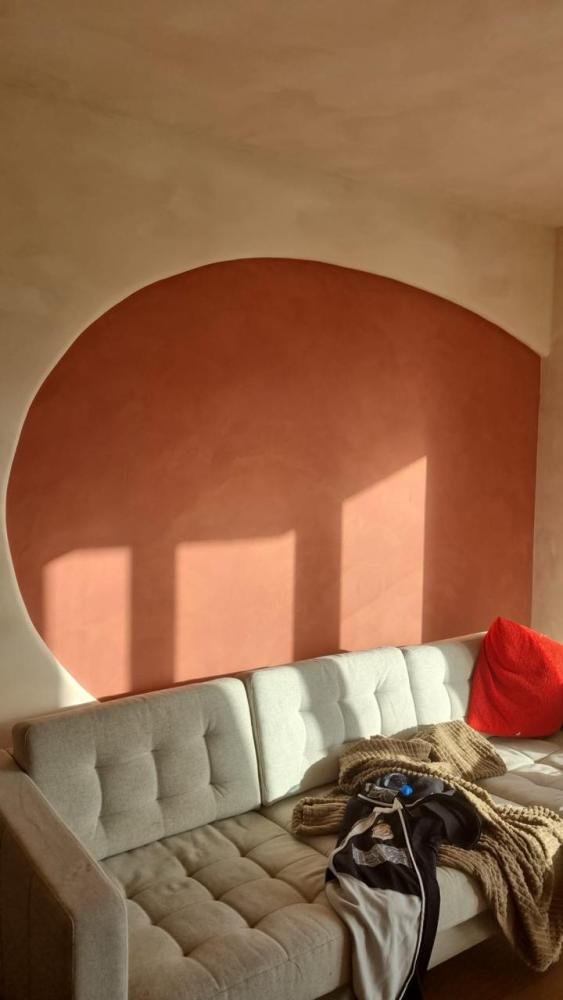
Cost and Maintenance
Cost and maintenance requirements of both finishes should also be considered. Venetian plaster is more expensive both in materials and labor because it requires experience and a longer application process. Limewash is cheaper and more suitable for DIY approaches, though it may require more frequent renewal to maintain its aesthetic appearance.
Conclusion
The choice between Limewash paint and Venetian plaster depends on several factors – aesthetic preferences, budget, building style, and durability and maintenance requirements. Both finishes offer unique advantages and can be a great addition to your home’s look. Before making a decision, it’s worth evaluating all aspects to find a solution that best fits your needs and expectations.

 German
German Slovak
Slovak Romanian
Romanian Lithuanian
Lithuanian Latvian
Latvian Hungarian
Hungarian French
French Finnish
Finnish Dutch
Dutch Danish
Danish Czech
Czech Slovenian
Slovenian Italy
Italy Spain
Spain Portugal
Portugal



